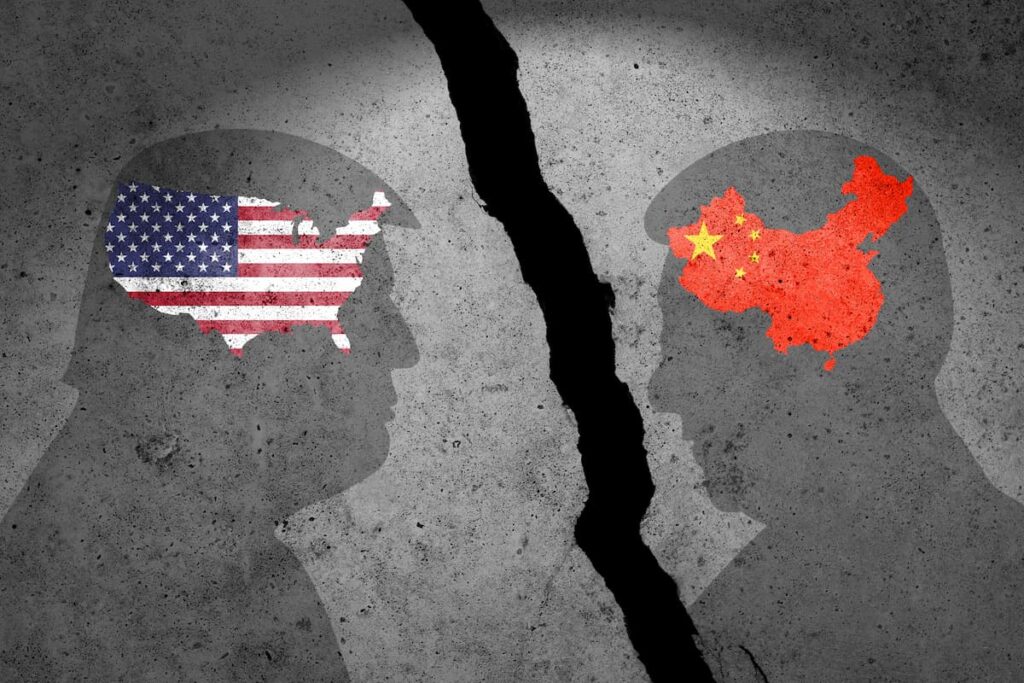Lionel Xu stands amid stacks of unsold mosquito repellent kits—once bestsellers at Walmart—now collecting dust in a warehouse. His company, Sorbo Technology, which employs 400 workers in Zhejiang province, is one of many Chinese manufacturers feeling the pressure from U.S. President Donald Trump’s 145% tariffs on Chinese imports.
“Trump is crazy,” says Xu. “This is very hard for us.” Half of Sorbo’s products were bound for the U.S., but those exports have ground to a halt. With the tariffs still in effect, the once-steady stream of orders has dried up. “We’re worried,” he adds. “If Trump doesn’t change his mind, it could be dangerous for our factory.”
Xu’s concerns are echoed across the bustling halls of the Canton Fair in Guangzhou, where thousands of manufacturers showcase everything from blenders to electric toothbrushes. Many booths, like those of Guangdong Sailing Trade Company, are silent. “We’ve stopped production,” one vendor says. “Everything is just sitting in storage.”
Stalled Production And Rising Tensions
Though Trump temporarily lifted most tariffs last week following a sharp global market sell-off, he kept in place the steepest levies on Chinese products. Beijing responded with retaliatory tariffs of 125% on American imports, deepening the economic standoff.
While some vendors remain hopeful that Trump will reverse course, others are bracing for prolonged strain. “Maybe it’ll get better in a month or two,” Xu says, fingers crossed during a lunch with Australian buyers hoping to score discounted goods amid the chaos.
At the fair, China’s export-reliant economy is on full display. Products that once filled American homes are now seen as too expensive for U.S. companies to re-sell at a profit. “The cost is too high,” one buyer commented, pointing to a line of vacuum cleaners.
Domestic Pressure And Shrinking Paychecks
Inside the country, China faces deeper challenges. Government attempts to boost domestic spending are falling flat. The middle class, burdened by a deflated housing market, is saving instead of spending. While officials tout China’s 1.4 billion-strong population as a strength, consumer confidence remains low.
In workshops near Guangzhou, laborers producing clothes and shoes for major brands like Shein and Temu express frustration. “Things are bad,” says one man outside a shoe factory. “Before, I made 300 to 400 yuan a day. Now I’m lucky to get 100.”
With up to 20 million Chinese workers tied to U.S. exports, the pain is widespread. Some factories are shuttered, while others cut hours and wages. Speaking out is risky, and many fear the consequences of sharing economic grievances publicly.
Stalemate With Global Consequences
Despite China’s defiant tone—vowing to “fight to the end” in this trade war—its economy is feeling the squeeze. The U.S. purchases over $400 billion worth of Chinese goods annually. Losing that partner could be a massive blow.
Economists warn that both countries stand to lose. If tariffs persist, U.S. consumers may face higher prices, and China risks rising unemployment and slower growth. Goldman Sachs estimates that millions of Chinese jobs depend directly on trade with the U.S.
So far, dialogue between Washington and Beijing has stalled. While China has ruled out further tariff hikes for now, no formal negotiations are underway. Neither side appears willing to compromise in the short term.
Still, some at the Canton Fair remain optimistic. Amy, who sells ice cream machines, hopes to pivot to Europe, Saudi Arabia, or Russia. Others, like shoe seller Mei Kunyan, have shifted their focus entirely to the Chinese market. “The U.S. is too complicated,” she says, summing up a growing sentiment among Chinese exporters.


